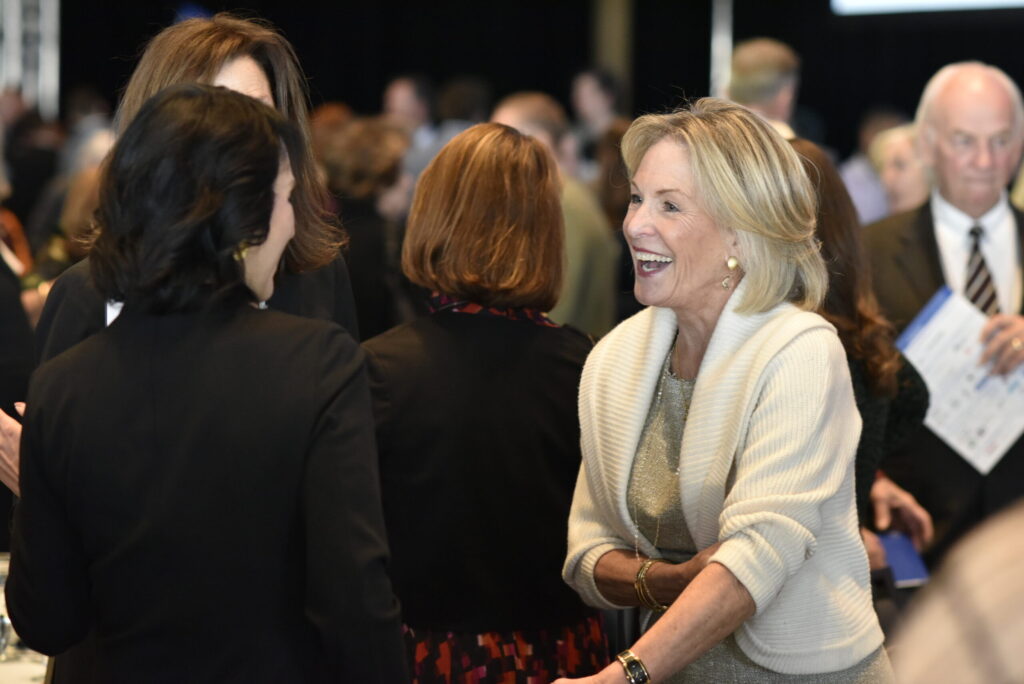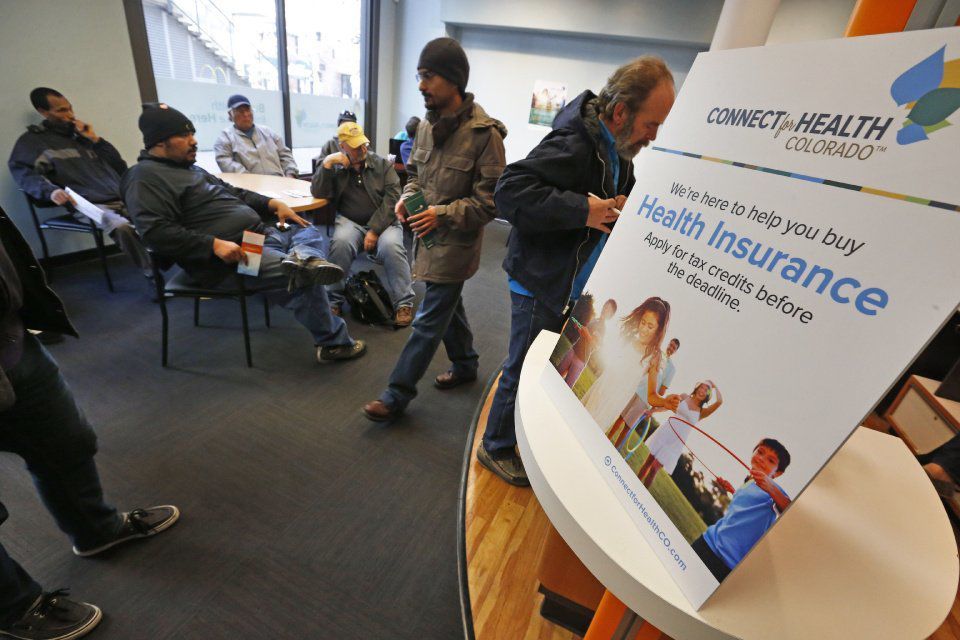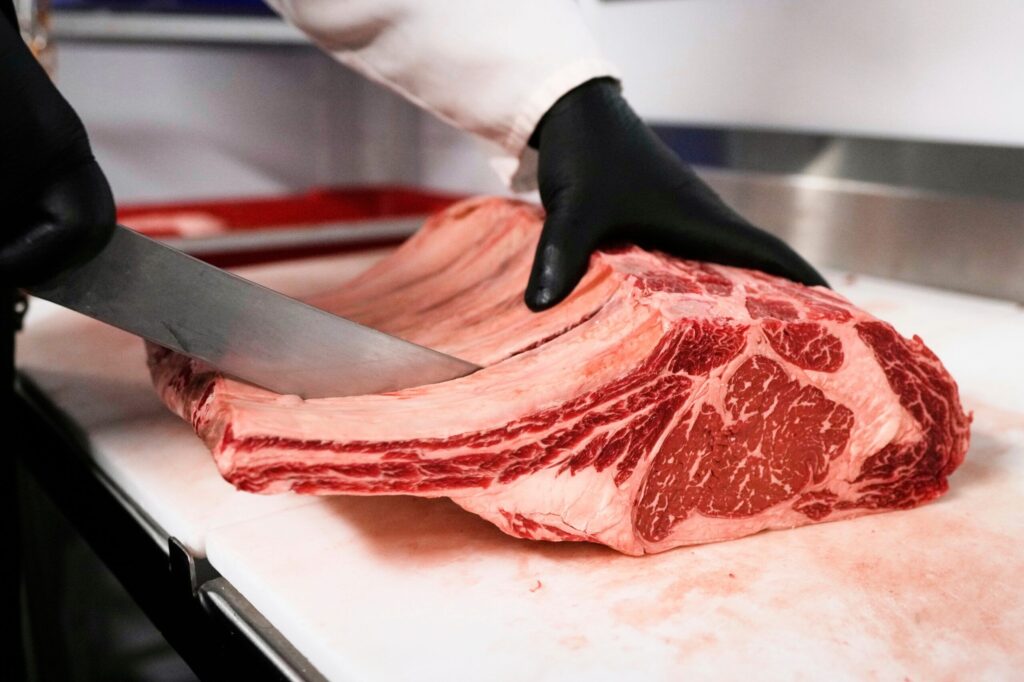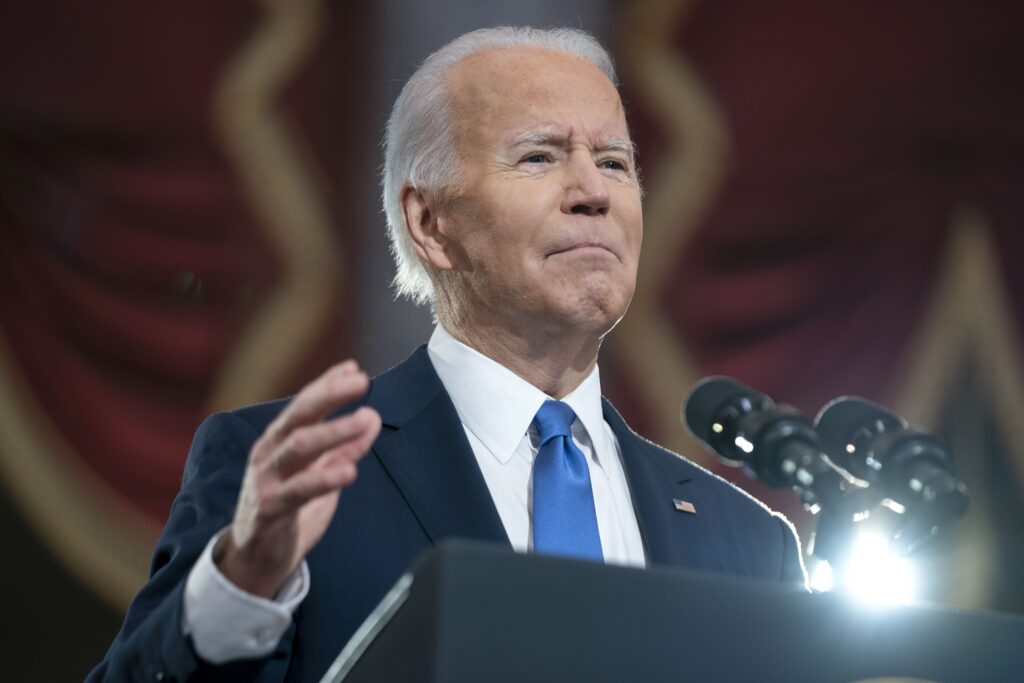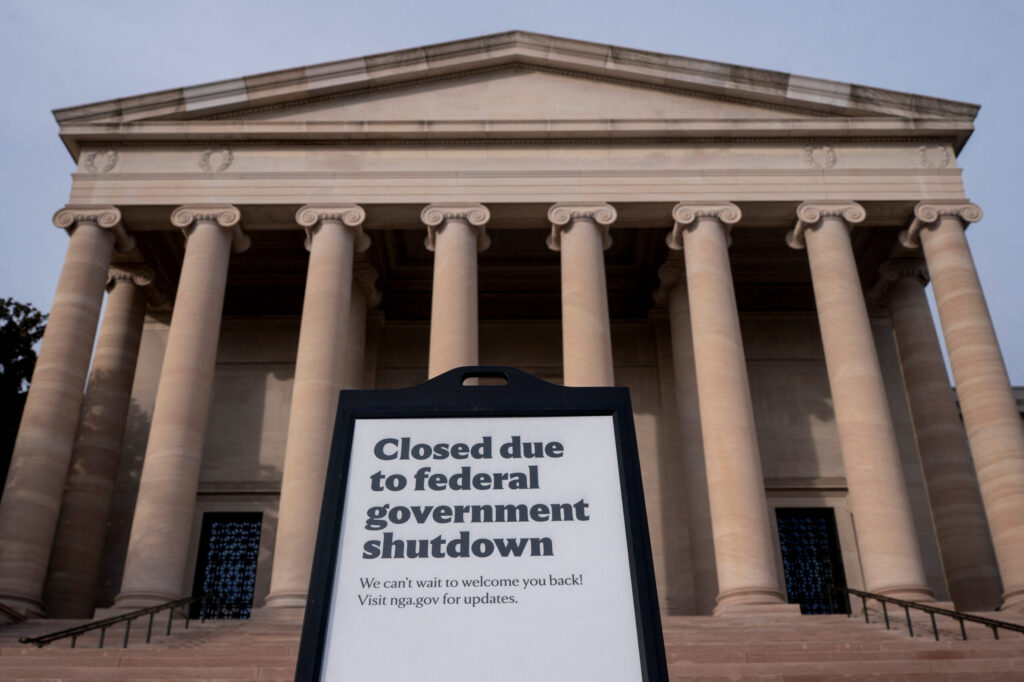Despite $1 million incentive program, Colorado’s vaccination rates continue sluggish pace
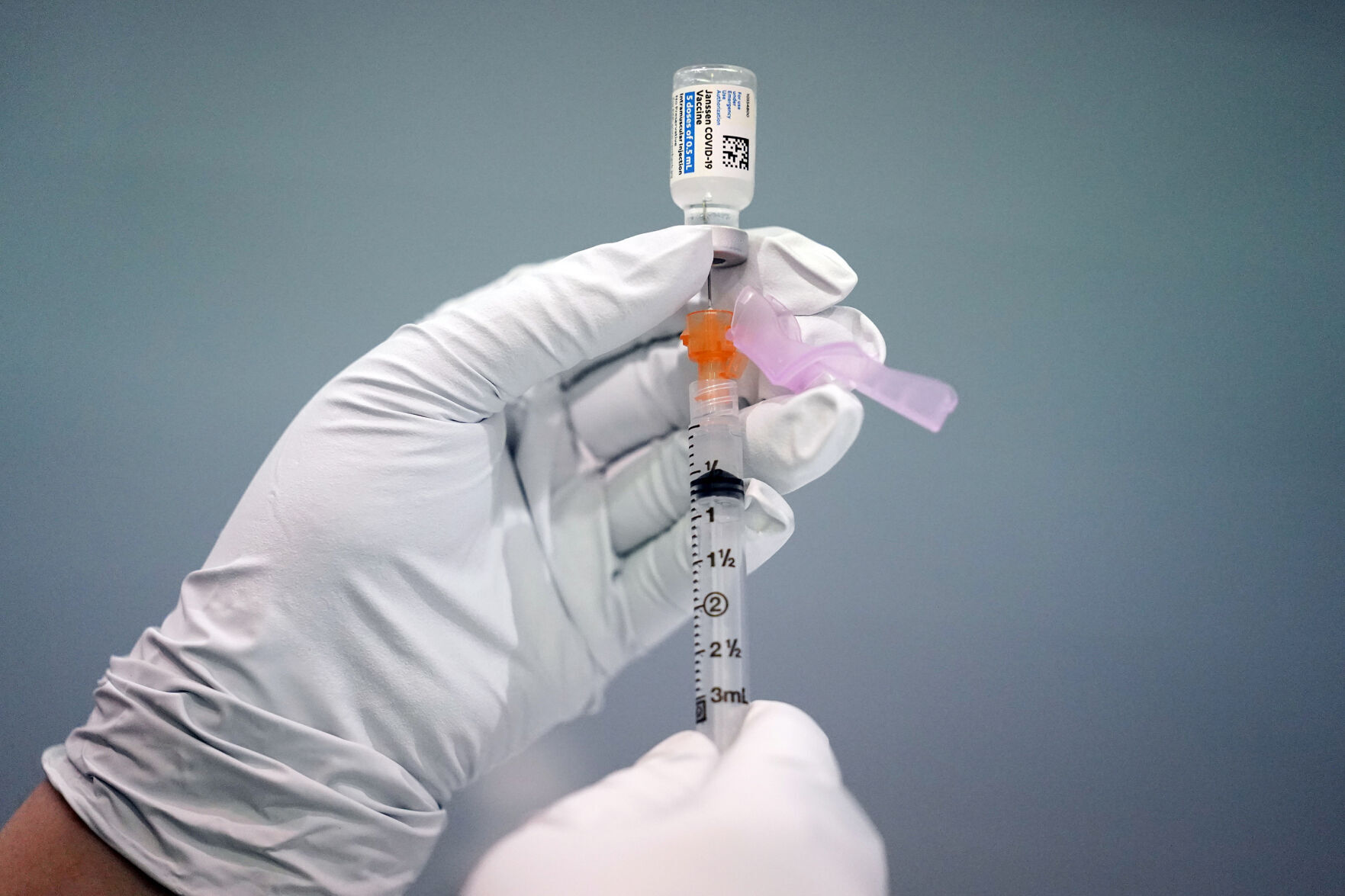
When he announced last week that Colorado would give away $5 million to five vaccinated residents, Gov. Jared Polis was excited.
He brought out a novelty $1 million check and was already talking about the incentive before he’d reached the mic. Colorado’s first-dose vaccination rate had stagnated since April, as the state hit its highly motivated populations, like health care workers and its most vulnerable residents. But in the weeks since, supply has quickly outpaced demand.
Asked how much improvement he hoped the incentive program would bring, Polis pointed to success elsewhere.
“Many states are in the process of launching this now,” he said. “The most mature is Ohio, and they saw a double digit percentage increase, particularly prominent among younger Ohioans from the announcement of their lottery.”
But as the state prepares to announce its first $1 million winner Friday, no spike has come to pass. Indeed, data published daily by the state Department of Public Health and Environment indicates there hasn’t been much of a bump at all.
When asked about the lack of a jump earlier this week, Polis struck a more measured tone. He noted it had been just over a week since the sweepstakes were announced, and he predicted that there would more interest once the money started rolling to the first winners.
“I think what would’ve happened without this giveaway was a greater, rapid drop-off in interest,” he said. “I don’t think anyone was expecting a spike. We were at a high level of vaccination. We want to sustain that over time to keep people interested in getting vaccinated.”
At a separate press conference Thursday, Heather Roth, the immunization branch chief for the state Department of Public Health and Environment, said there was a slight bump after the announcement. She said the Memorial Day holiday may have depressed numbers and that officials won’t know the full impact for “a little while.”
The numbers are down all over: In Denver, nearly 11,000 people were vaccinated on April 24. On Tuesday, that number fell to fewer than 3,150. On Wednesday, it was below 2,000 (those numbers can sometimes grow as data is backfilled; the overall trend for Denver’ vaccinations, however, has been a steady decline since April). The number of vaccinations held steady last week, dipped over the weekend and have shifted this week.
Still, the overall proportion of vaccinations in Denver is high, particularly compared to another major population area, Colorado Springs. So far, 46% of eligible El Paso County residents have been vaccinated, a level below other large counties in the state. Boulder, Jefferson and Broomfield have all vaccinated more than 70% of eligible residents. Denver County has vaccinated 68%, and Douglas County has reached 65%, state data shows.
Indeed, the lottery didn’t seem to have any effect in El Paso County. For the first time since the last week of January, the number of doses administered fell below 20,000, to about 18,000, including vaccines administered by the military and the Department of Veterans Affairs, El Paso County Public Health data shows. In January, eligibility was limited to those most at risk of severe disease, such as health care workers and the elderly.
When asked why the rate of vaccinations keeps falling, El Paso County Public Health spokesman Jared Verner said multiple factors are likely at play. National survey data from the Kaiser Family Foundation shows those people waiting to get the vaccine want to see others get the vaccine first, have concerns about safety and side effects, or don’t have enough information.
To reach more people, vaccine providers in the county have expanded their hours and availability offering walk-in and same-day appointments, Verner said. Mobile vaccinations have been offered at schools, businesses, sporting events, churches, food distribution events and general community events. The Colorado Springs Fire Department has also provided vaccinations to those who are home bound, he said.
“We have put significant effort into making the vaccine as accessible as possible,” he said.
Officials have increasingly turned their focus away from mass vaccination efforts to individual, clinic-based pushes. Polis told providers at a town hall last month that the mass vaccination phase of the distribution effort was over. Pushing doses into primary care offices, he and others have said, should help hesitant Coloradans get access and information from a trusted source: their family doctor.
To facilitate that better, the state’s loosened restrictions on how many doses can be on hand and how quickly they must be used. A provider could open a vial to distribute just one dose, for instance, when earlier in the pandemic, the state was firm that every dose must be used.
Asked Thursday if the state was going to hit the magic 70% herd immunity number, COVID-19 incident commander Scott Bookman was hopeful.
Officials “are incredibly confident that we can get to the number that we need to get to” this summer, he said. The national target is 70% by July 4.




